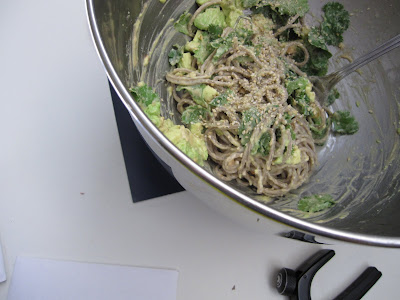Speaking of clubs, I used to belong to another group. My friend Caitee, my sister Pamela and I dubbed ourselves TOPS - not because were a bunch of dandies but (with a nod to the three-pronged Triceratops) because we considered ourselves a mighty threesome.
To mark our entry into the pantheon of greatness, we emblazoned shirts with glittery gold lettering, a hot-pink dinosaur and baked pretzels.
Oh, pretzels. I first learned to make them during a summer camp at the John Walter Museum. At this point, I was heavy into Little House on the Prairie so days spent cooking on a wood stove, churning butter and otherwise pioneering were right up my alley.
These pretzels were chewy and soft but it was the crunchy, coarse salt coating that won me over. I've always had a penchant for salt. When I was very young I'd pilfer pickling salt while my Mom prepared cucumbers and carrots for their brine-y fate. I had a pink, plastic, heart-shaped box to hold my stores. I liked the rough scrape of salt against my tongue. In restaurants, when I was older, I acquired the perplexing habit of tipping salt into my palm then lapping it up. My love continues unabated to this day.
So, let me practice being inclusive and share this recipe with you:
Pretzels
Thanks to the John Walter Museum
I usually use coarse pickling salt here but I imagine other large, fancy-pants salts would work as well.
1 tsp active dry yeast
3/4 cup warm water
1 tbsp granulated sugar
1/2 tsp fine salt
2 cups all-purpose flour
beaten egg
coarse salt
Preheat the oven to 425 F.
Mix the yeast and water in a bowl then add the sugar and salt. Let sit for 5 minutes, or until the yeast is bubbly. Add the flour and mix until incorporated. Knead until smooth. Shape into pretzels and place on a greased baking sheet. Brush with egg then sprinkle generously with coarse salt. Bake for 12-15 minutes, until lightly golden.
Makes about 2 dozen pretzels.








